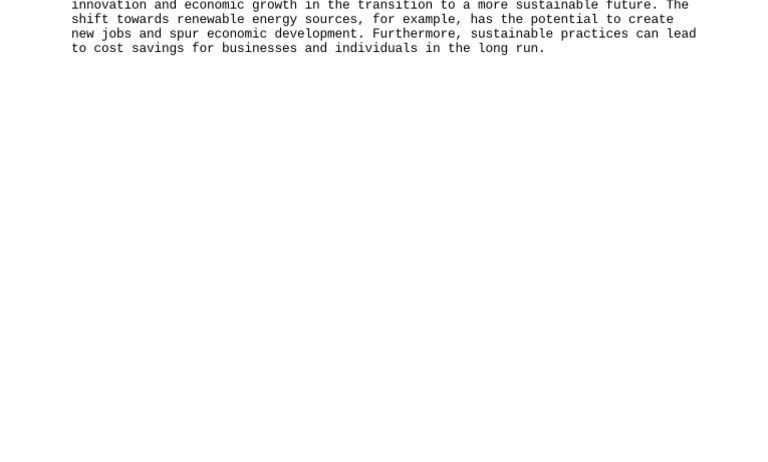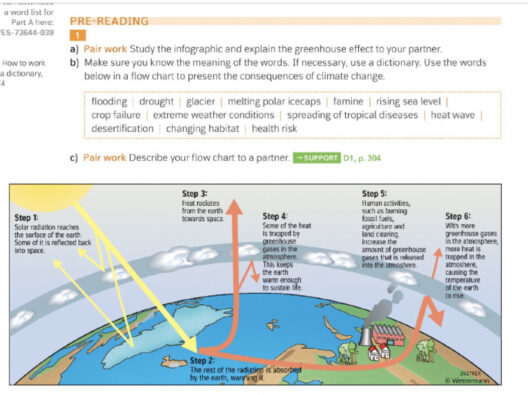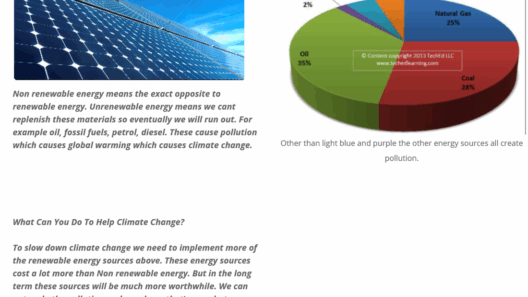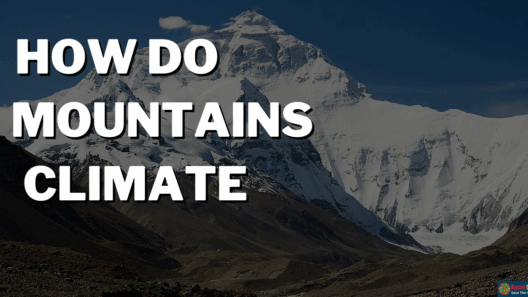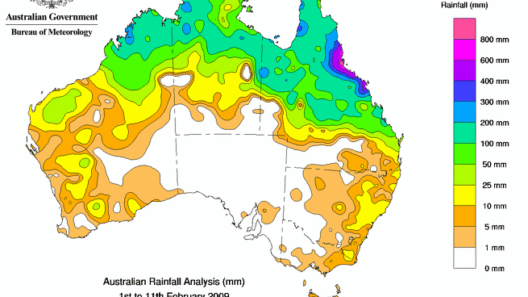The intriguing phenomenon of climate change has catapulted itself into the limelight, demanding urgent attention and thoughtful discussion. But what exactly is climate change? Is it merely a passing trend, or is it an intricate web of environmental, social, and economic intricacies? As we navigate this perplexing subject, one might wonder: how does a slight shift in the planet’s temperature affect our daily lives? The answer is both simple and complex, steeped in a myriad of scientific, political, and ethical dimensions.
Understanding climate change is pivotal, as it poses a profound challenge to humanity. It compels us to reconsider our relationship with the environment and confront the actions that lead to potential catastrophes. In this guide, we will unravel the layers of climate change, dissect its causes, examine its far-reaching effects, and discuss viable solutions to mitigate this pressing issue.
The genesis of climate change lies in the interplay of greenhouse gases and human activities. For the uninitiated, greenhouse gases, such as carbon dioxide and methane, are constituents of our atmosphere that trap heat. While they play an essential role in regulating the planet’s temperature, their concentrations have surged dramatically due to industrialization, deforestation, and agricultural practices. Individuals may ponder: how does my singular action contribute to this global destabilization? The answer is profound. Every choice—whether it’s driving a vehicle, consuming energy, or even purchasing products—leads to a ripple effect that contributes to the accumulation of these gases.
The environmental ramifications of climate change are harrowing. The rise in average global temperatures has triggered a cascade of events that are reshaping our world. Melting polar ice caps and glaciers contribute to rising sea levels, putting coastal cities at risk of inundation. Extreme weather events, including hurricanes, floods, and droughts, have become increasingly prevalent. These phenomena not only disrupt ecosystems but also strain food and water supplies, leading to further social and economic instability.
As we delve deeper into the implications of our changing climate, it becomes necessary to consider the sociopolitical dimensions entwined with it. Climate change is not an isolated issue; it intersects with matters of justice, equity, and human rights. Vulnerable communities, particularly in developing nations, often bear the brunt of environmental changes despite contributing the least to the problem. This raises the question: are we prepared to address the disparities that climate change exacerbates? The reality is stark. Social inequalities must be tackled concurrently with climate initiatives to create holistic solutions that uplift the most affected populations.
A thorough examination of climate change also brings to light the economic consequences that ripple from environmental disruption. Industries dependent on natural resources, such as agriculture, fishing, and tourism, are already experiencing the strain of an altered climate. For the average consumer, this translates to rising food prices and uncertainty about resource availability. Moreover, as countries scramble to adapt to a changing environment, investing in sustainable technologies will become paramount. The challenge stands: how do we shift toward sustainable practices while ensuring economic growth and stability?
The quest for solutions presents a multifaceted challenge. Mitigation strategies encompass a wide range of actions, from reducing carbon emissions to enhancing energy efficiency. Transitioning to renewable energy sources—such as solar, wind, and geothermal—offers a viable avenue towards diminishing our carbon footprint. However, dramatic shifts in behavior and policy are essential to facilitate this transition. Governments, corporations, and individuals alike share in the responsibility of fostering a culture that prioritizes sustainability.
Adaptation, on the other hand, must also feature prominently in our response to climate change. As some effects are already inescapable, communities must develop resilience to withstand environmental changes. This can be achieved through infrastructural improvements, emergency preparedness initiatives, and sustainable land management practices. Policymakers must engage with scientists and local communities to create informed strategies tailored to specific vulnerabilities.
Yet, the path forward is fraught with challenges. There remains significant resistance to change, deeply rooted in economic interests and political ideologies. The question then arises: how can we catalyze a global movement that not only acknowledges the urgency of climate change but rallies collective action? Engaging in dialogues that elevate scientific understanding while stressing the moral and ethical imperatives can galvanize public sentiment toward a more sustainable future.
In conclusion, climate change is an intricate tapestry interwoven with environmental, social, and economic threads. While the challenges it presents are daunting, they also offer an opportunity for innovation and collaboration. By understanding the nuances of the issue and the urgency of our predicament, individuals, communities, and nations can endeavor to formulate and implement solutions that address the root causes of climate change. The future lies not just in acknowledging the problem, but in the collective resolve to craft a resilient, equitable world in the face of an unpredictable climate.



